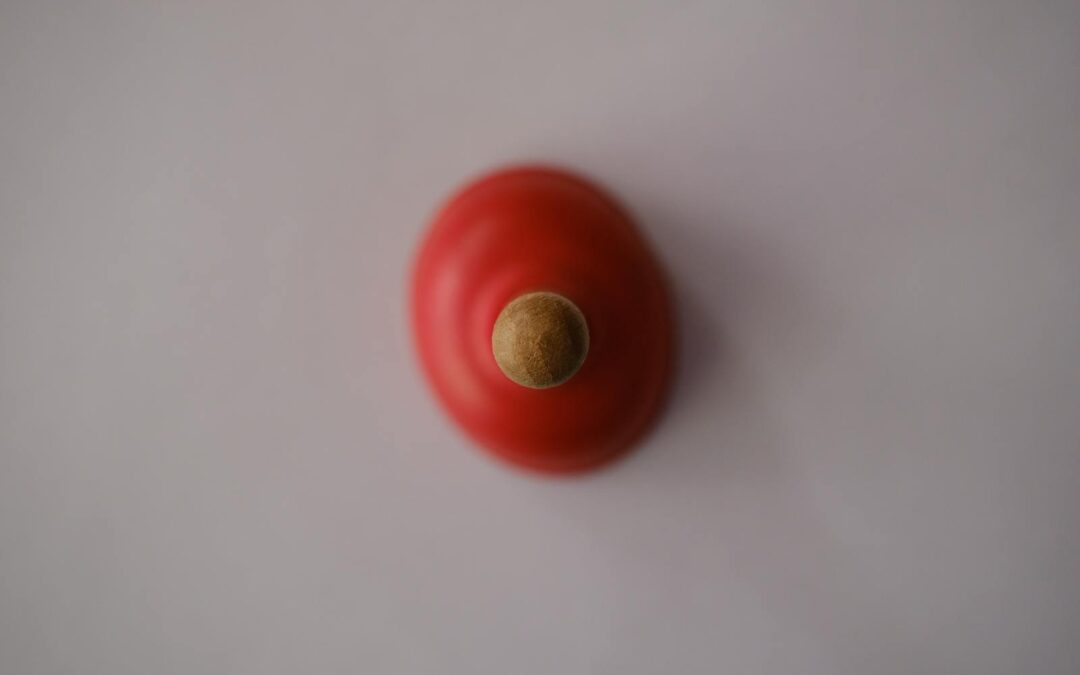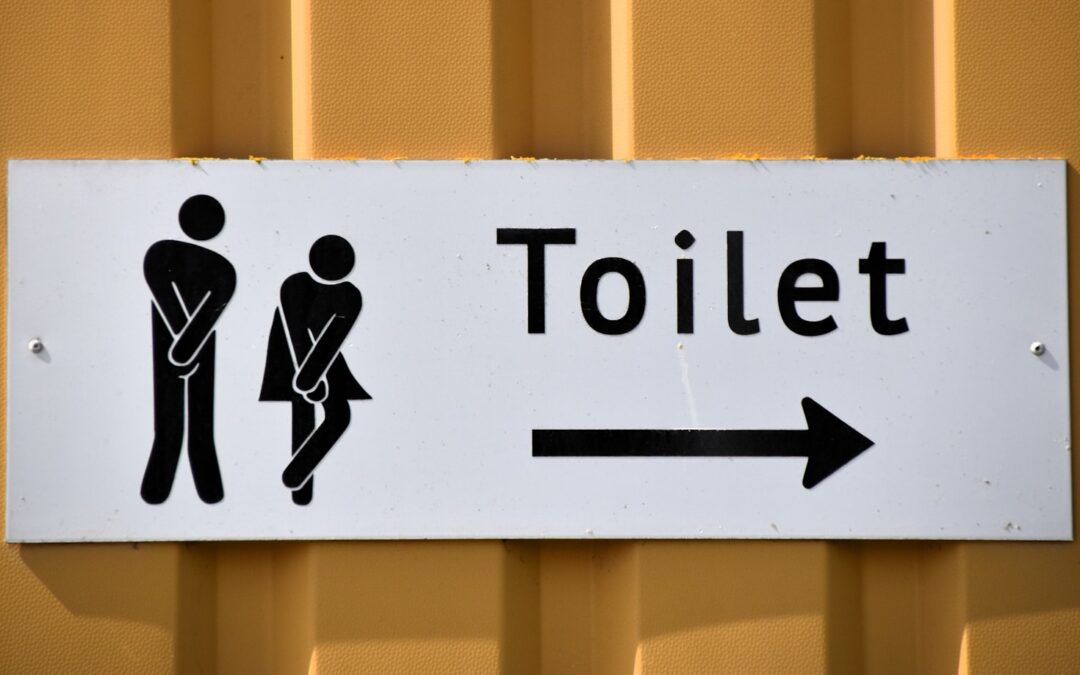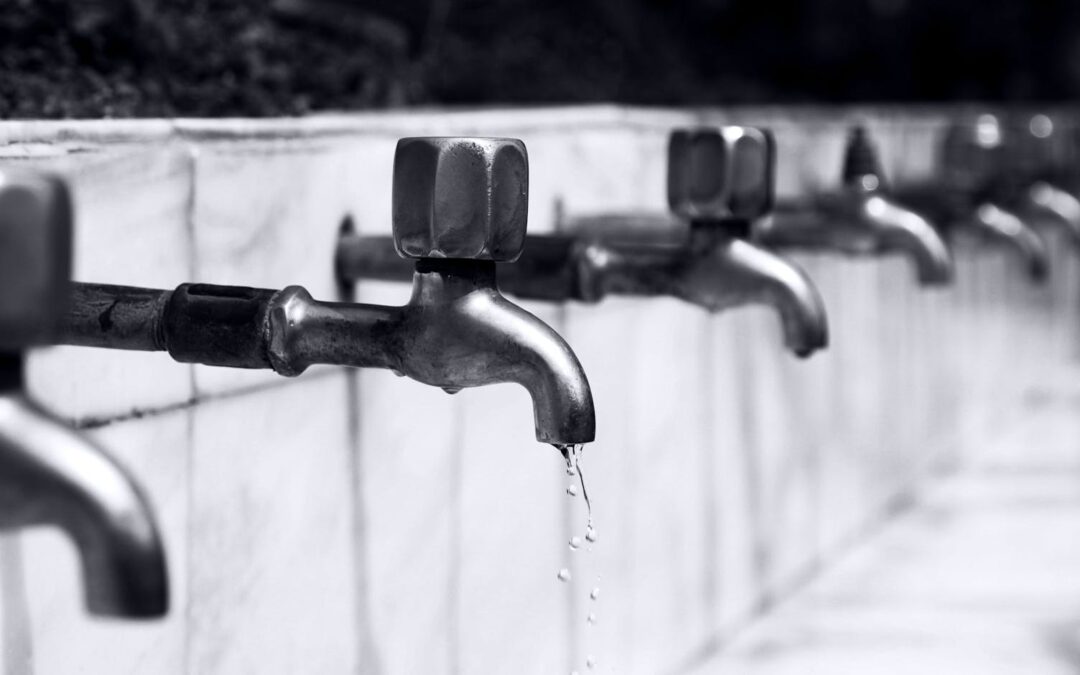Showering is one of the most popular ways to bathe. It’s convenient, efficient, and can be quite relaxing. However, showering can also be tricky if you’re unfamiliar with the plumbing basics.
In this blog post, we will discuss the basics of shower plumbing and provide tips on getting the job done right. So, whether you are a DIY enthusiast or just thinking about taking on a shower plumbing project, this blog post is for you!
Introduction To Shower Plumbing

Schedule Service Online
Get a free estimate so you know what you're signing up for
"*" indicates required fields
For Emergency Services Call: 410-255-9300
Shower plumbing involves installing and maintaining shower fixtures, pipes, and related components. This plumbing system allows the hot and cold water to mix to achieve the ideal showering temperature. The goal is to ensure that water flows freely into the shower head and drains quickly away from the shower area.
This means understanding the different types of shower plumbing materials, the tools needed for shower plumbing projects, and how to properly install a shower. Also, shower plumbing ensures proper drainage, so your shower area doesn’t become flooded.
There are three main components for shower plumbing: the shower head, shower valve, and shower drain.
The Shower Head
The shower head is the most visible shower plumbing component, as it’s what you use to control water flow and spray patterns. It is generally made of either plastic or metal. Plastic showerheads are often more affordable, but they can be difficult to clean and maintain, so you may want to invest in a higher-quality showerhead for better performance.
The Shower Valve
The shower valve is what controls water temperature and flow rate. It’s usually made of brass, a durable material that can handle extreme temperatures without corroding.
The Shower Drain
The shower drain is a piece of plumbing that eliminates wastewater from your shower area. While shower drains are typically made of either metal or plastic, stainless steel shower drains are the most durable and long-lasting option. You’ll also find a shower trap in the shower drain, which is the part of the plumbing system that prevents odors from coming back up from the drain.
Types Of Shower Plumbing

When it comes to shower plumbing, there are a few different types of systems you can choose from:
Digital Shower Plumbing
Digital shower plumbing is a relatively new shower system that uses digital technology to control water temperature and flow. This type of shower plumbing is becoming increasingly popular due to its convenience and efficiency.
Not only are these showers environmentally conscious, but they also offer ease-of-use thanks to their digital shower controls. These controls allow you to effortlessly adjust the water temperature and flow with a few simple clicks.
Mixer Shower Plumbing
Mixer shower plumbing systems are the most common type of shower plumbing. In this system, hot and cold water flows through one valve, which is mixed to achieve the desired showering temperature. The valve also controls pressure and flow rate for increased convenience.
They are perfect for those who want a shower experience that is simple and efficient. Whether your bathroom or shower enclosure is traditional or modern, these fixtures are perfect for both high and low-pressure water systems. They fit seamlessly into any style of design without sacrificing their quality.
Mixer Shower Plumbing With Shower Pump
Electric showers offer a convenient way to enjoy hot water on demand. By drawing cold water from your main system and heating it inside the unit, you can quickly get warm in no time! This shower plumbing system is commonly used in homes with low water pressure. It involves the installation of a shower pump, which helps to increase shower water pressure for better performance.
Power Shower Plumbing
If you’re looking for a shower system that provides maximum comfort and convenience, a power shower may be the perfect fit. This type of shower plumbing is equipped with an integrated pump that boosts water pressure while providing a powerful showering experience. The shower head on these systems also offers adjustable jets, which allow you to personalize your showering experience.
Tools Required For Shower Plumbing

When it comes to shower plumbing, there are several tools that you will need. The tools needed to install shower plumbing depend on the shower type and fixtures used. These include
- A wrench or socket set for loosening and tightening pipes.
- Plumber’s putty for sealing shower drains.
- Pipe cutters to adjust shower pipe lengths.
- A level to check shower plumbing components for level installation.
- Tape measure to determine the shower plumbing component and distance between components.
- A hacksaw or a power saw to cut shower pipes if needed.
- A drill for drilling holes in walls and floors when necessary.
- A hole saw for cutting out shower drain holes with precision.
- Plunger and auger for clearing shower drain.
- Flange screws, shower valve nuts, and shower sealant tape for shower installations.
- A shower valve test kit to check shower pressure and temperature.
- A shower faucet removal tool to remove shower valves and shower heads.
- Soldering tools for shower valve installation.
- A vacuum system or pressure washer for shower cleaning.
- An adjustable wrench and a pipe wrench for shower plumbing repairs.
- Shower pan sealant and shower pan liner for shower installation.
- Shower fitting lubricant, shower grout, and shower caulk for shower repair.
- Safety glasses and shower gloves for shower installation and repairs.
How To Install A Shower

Installing a shower can be intimidating, but with the right tools and know-how, it’s actually quite easy.
When it comes to shower plumbing, the first step is understanding how water gets to and from your shower. Your home’s plumbing system consists of pipes that either supply water or drain away used water. Generally speaking, hot water is supplied through a pipe called a hot water line, and cold water is supplied through a pipe called a cold water line.
You’ll need to determine where the shower head and shower valve will be located and which type of shower valve you’ll be using. Then, you can begin the installation process.
When it comes to shower plumbing installation, the most important step is ensuring a secure connection between the shower head and the shower valve. You’ll need to use Teflon tape and shower plumbing sealant for this purpose.
The next step is to install the shower valve. This is where water temperature and pressure are adjusted before it flows into the shower head. The shower valve should be installed near the showerhead but not directly above or below.
Then, attach the showerhead and arm to the shower wall using a wrench, screwdriver, or shower arm wrench.
Finally, connect the shower plumbing to your home’s water supply and drain lines. This should be done with the proper fittings to ensure a secure connection and a leak-free shower.
Once all the plumbing pieces are connected, you’ll need to test the shower before covering it with tile or other finishing materials. If everything is working properly, you can then cover the shower plumbing with shower walls and begin using your shower.
Other Important Tips

Ensure that all shower plumbing components are water-tight and that all shower fixtures have a ground fault circuit interrupter (GFCI), which is designed to shut off the electricity in the shower if there is a problem.
Also, always use shower plumbing sealant to ensure water-tight connections.
It’s important to ensure that all shower components are compatible and up to code for your shower to function properly and safely.
Always use plumbing parts that are compatible with the type of shower you’re installing
Make sure to turn off the water supply before beginning any shower plumbing work
Always use pipes and fittings made of materials that can handle extreme temperatures without corroding.
Use Teflon tape and shower plumbing sealant to ensure water-tight connections
Test the shower before covering it with tile or other finishing materials
Additionally, it’s important to check with your local plumbing codes to ensure you’re up-to-date on any local shower plumbing requirements.
Finally, shower plumbing installation can be a challenging but rewarding task. With the right tools and knowledge, you can easily install a shower in your home and enjoy the luxury of hot running water for years to come!
Conclusion

By understanding the basics of shower plumbing, the types of shower plumbing materials, and the tools needed for shower plumbing projects, you will be able to install and maintain your shower successfully. With the proper know-how, you can have a shower that works great and looks even better.
When it comes time to do any shower plumbing project, ensure you have the right tools and materials, follow instructions carefully, and always check local codes. Taking these steps will ensure that your shower plumbing project is a success! Good luck with your shower plumbing project!
Need Professional Help?
Reach out to us, and one of our shower plumbing experts will help you get the job done right! MD Sewers and Plumbing Service offers shower plumbing services to residential and commercial customers in Maryland. Whether you are looking for shower plumbing, bathroom plumbing, or tub plumbing, or you just want to replace your leaky faucet or fix your water supply lines, MD Sewers is your plug. Check our website for more information. Contact us for a seamless shower plumbing experience!




